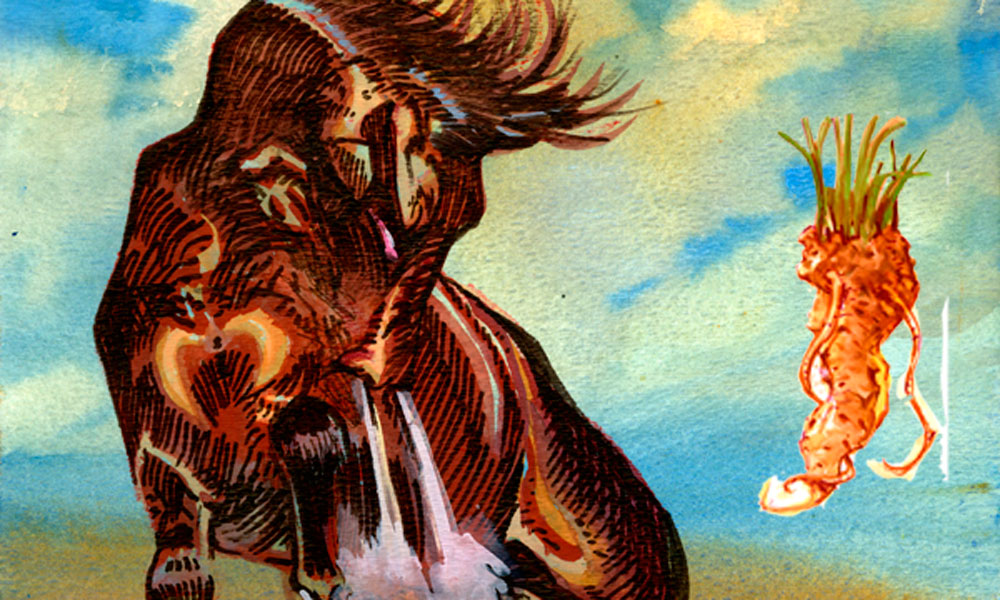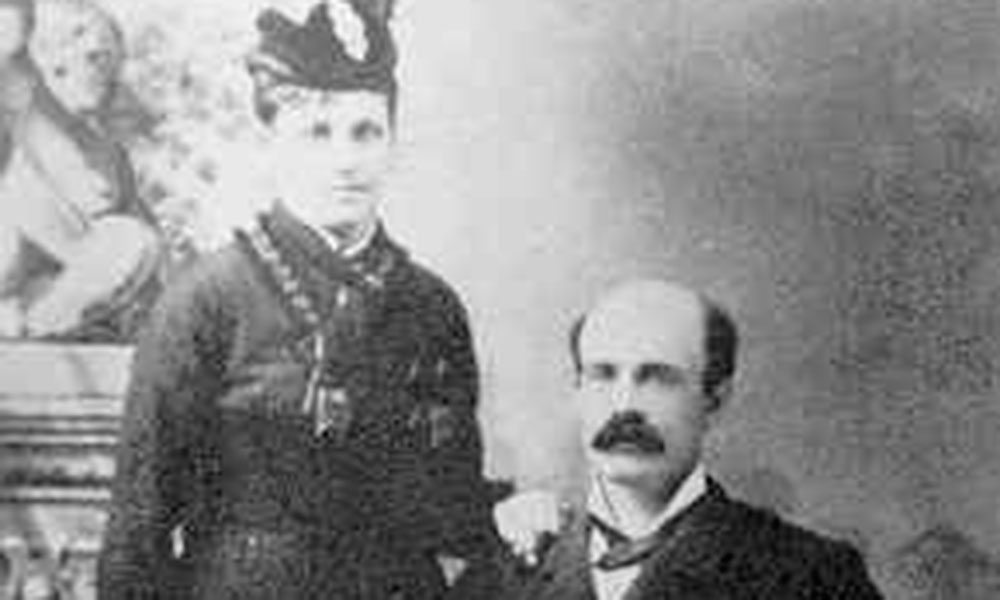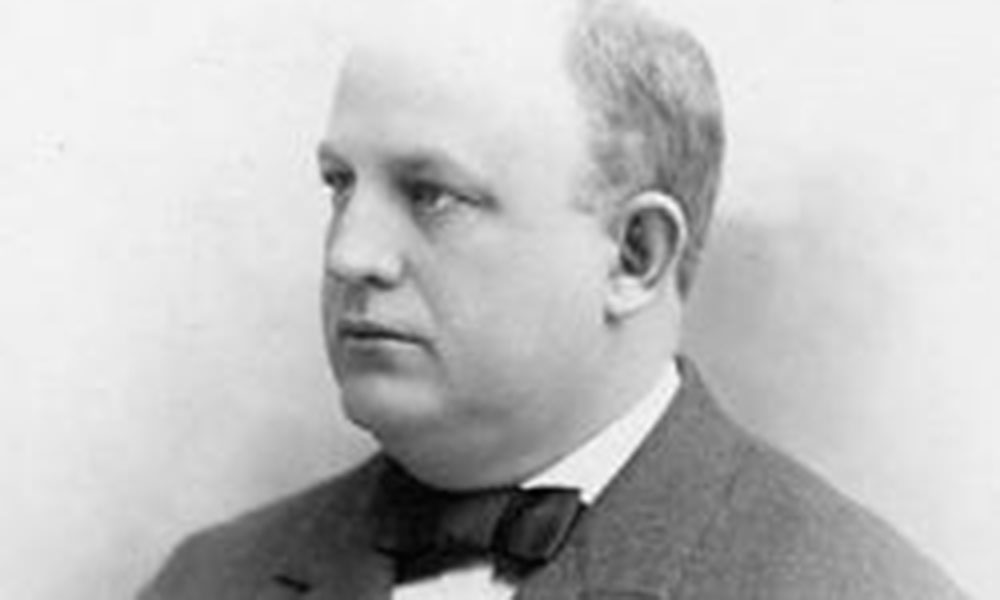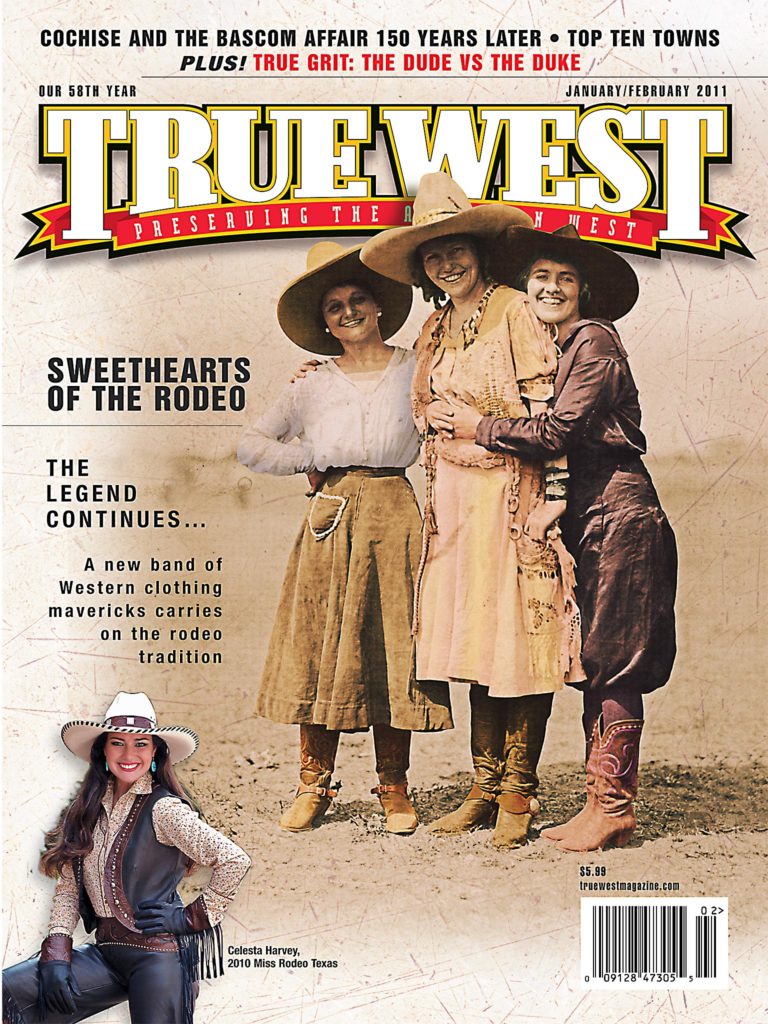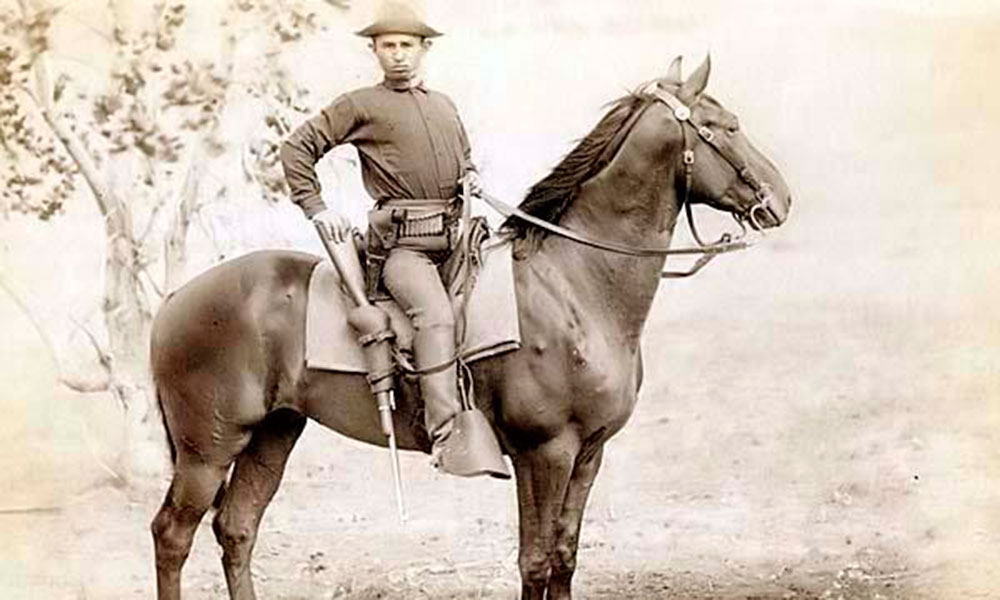
In 1995, a movie with actor, Don Johnson, called In Pursuit of Honor. It tells the purported true story of Army in the 1930’s plans to kill surplus cavalry horses.
Three sergeants and a lieutenant round up 400 condemned horses from a military post in Texas and drive them to Canada to save them from being destroyed. Is the story true? The movie says it’s based on true story, but the names, except for General MacArthur, have been changed. It’s a good film but what’s the skinny? Did it really happen?
Based on all the available evidence, the ordered “massacre” of some 500 cavalry mounts in 1934 never occurred. There are no records in the Royal Canadian Mounties nor did the records of any Army unit recorded such an event.
The story was written based on oral history from some Montana cowboys during the 1940s and thus becomes fact. This usually falls under the category of “Stories told to me by my Uncle Billy who heard it from a guy who knew a guy who saw it firsthand.”
Military historians say it does a discredit to the Army and General Douglas McArthur whom, the movie claims, ordered the killing of the horses. There is no record of any such order given.
Also contrary to the movie version of the event there was no killing of veterans during the 1932 Bonus March incident in Washington as depicted in the opening scene. In fact, not a single shot was fired.
Furthermore, there was a horse and mule shortage during the 1930s and the animals could have easily been sold. A cavalry mount was worth $100-$150 dollars that equates to some one million dollars in today’s dollars so I don’t think they would squander that kind of money during the Great Depression.
Army officers are bound by a Code of Honor…..Duty, Honor, and Country and no officer would open fire on his own brothers-in-arms and no officer would take pleasure in doing so as Colonel Hardesty did in the film. That would only happen in a Hollywood film and this one really smeared the officer and non-commissioned officer corps, the code of conduct of an honorable breed and the cavalry in general.
The graphic violence against horses was also way over the top, especially considering the story was supposed to be true. This certainly had a shocking effect on audiences.
In the Old Army the bond between the cavalryman and his horse was ironclad. There are many stories of battle-toughened cavalrymen weeping openly when their mounts were killed in battle.

